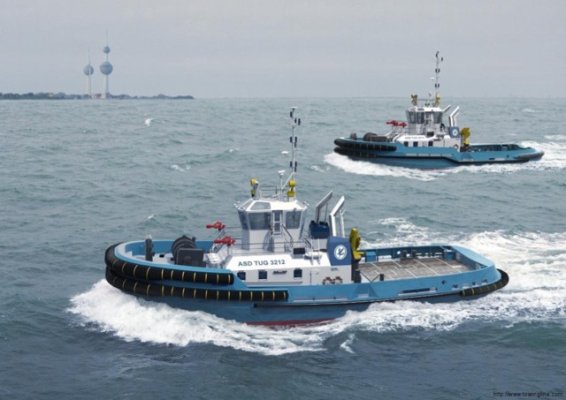I've tossed around the idea of either version. The boat already has good vision from the pilothouse, but the fly might have a docking advantage. For bridge clearance and windage, no fly. Southern temps and Bahamas make the fly version a little nicer, especially for reading the clear waters. Roof space for solar, no fly. Entertainment aboard....fly. Maintenance and cost for duplication of at least some helm electronics, no fly.
Here's the way I see it. The conundrum comes down to the number of places each of you have to escape the company of the other (something that may become necessary when in such close quarters for extended periods). You have the engine room/workshop/man cave area and the boson's locker (big enough for a recliner, TV and beer fridge). If one considers the master stateroom and salon/pilothouse common areas, that leaves her with the spare stateroom/office as her only option for escape. The fly bridge offers her that 2nd alternative. Fly-bridge model wins.
My case is a little different. Since my second alternative space (the boson's locker) would be filled completely with my Admiral's shoes, we would each need only one individual area of escape, mine being the engine room and hers being the spare stateroom/office. Hence, the no-fly wins.



